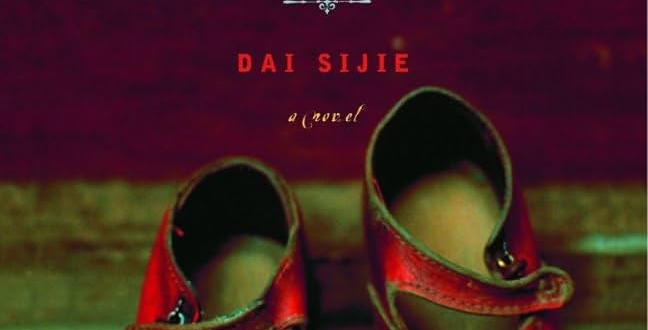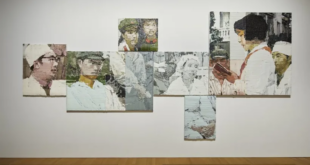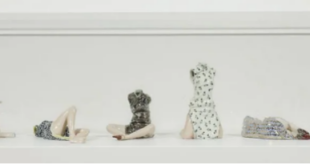Balzac and the Little Chinese Seamstress, written by Dai Sijie, was based on the author’s real experience in a re-education camp between 1971 and 1974. The semi-autobiographical story is set in the period of time known as the Cultural Revolution in China – people purged intellectuals, who were, as they viewed, enemies of them and remnants of capitalism. The protagonists in the novel were two descendants of these intellectuals, who were sent to be reeducated by illiterate peasants. The author explores the outcomes of attempting to control the thoughts and actions of individuals and the transformative power of literature in a story that possesses a sensibility, wistful but indelible.
Dai Sijie neatly weaves together the lives of a local girl and two teenage boys who discover a hidden world of literature and love that transforms their lives forever. Luo, an excellent storyteller and the son of a renowned dentist, along with the narrator, Ma, who is a proficient violinist, were given backbreaking work in a coal mine. Accidentally, a box of forbidden books written by Balzac, Dumas, Romain Rolland, and more was found and saved them from reality. They read stories voraciously themselves and for the pretty, immature but adventurous local Little Seamstress, who yearns to explore a bigger world. Their exploration of sensuality and romantic love, which Communist propaganda deliberately avoids discussing, is legitimized through the writings of Balzac. Luo developed a fervent relationship with the Little Seamstress, while the narrator also fell in love with her. However, after a life-risking illegal abortion, the Little Seamstress takes what she learned from Balzac and leaves the mountain and Luo behind.
The Little Seamstress’s courageous departure makes the narrator ask: “had we ourselves failed to grasp the essence of the novels we had read to her?” They are lucky, though, as they are able to experience such happiness that “involved no money, no social standing, no reputation, no name” and claim they were free spiritually during that time of suppression and instability.
The book delves into the dynamic interplay between storytelling and censorship, highlighting how storytelling can empower oneself, while censorship can intensify the power and appeal of literary works. As the narrator states, “without books, without the possibility of escape, we would be suffocated.” The Little Seamstress’s decision to explore another lifestyle in a bigger city shows us how she experiences a complete contrast to the government’s notion of re-education that entirely deviates from the communist objectives.
Balzac in the title is rather a symbol of beauty. People lose themselves in the beauty of literature to escape their bleak, dangerous, oppressive, and even hazardous reality. Luo made bold explorations of love and sensuality; the narrator “wanted to follow in the footsteps of Balzac and Tolstoy, to create something lasting and true”; The Tailor could not stop hearing the stories of The Mount of Monte Cisco from the narrator; the Little Seamstress realizes that “a woman’s beauty is a treasure beyond price” and refuses to confine herself to this small village. The title of the novel acquires an unforeseen significance in its final pages.
The story in Sijie’s hands flows like an unceasing river. His narrative only reveals the most important details. The leaving of the Little Seamstress seems a bit sudden and arbitrary, and the love between Luo and the Little Seamstress feels a bit stiff. However, it is justifiable considering the point of view of the story.
The novel is a must-read for anyone interested in Chinese history and culture, as well as for those who appreciate great storytelling and enjoy powerful stories.
 Tempus Magazine By Students, For Students
Tempus Magazine By Students, For Students 



